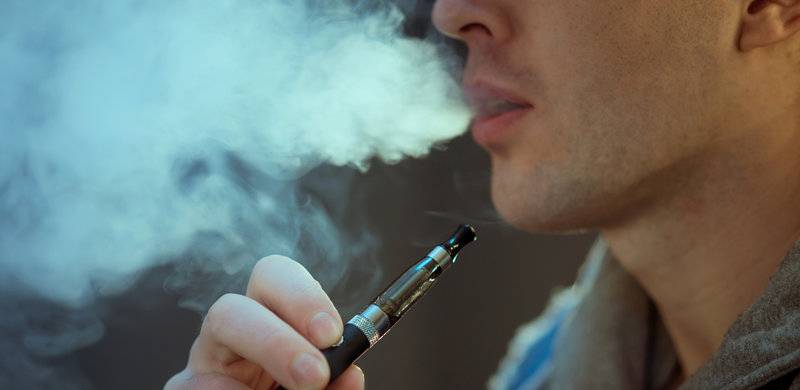
India’s cabinet passed an executive order to ban the production, import and sale of electronic cigarettes on Wednesday, in light of the health concerns being highlighted globally. Vaping puts a relatively younger segment of the population at risk.
USA, as the biggest consumer of e-cigarettes, is at the epicenter of its surprising and fatal health consequences. There have been at least six deaths across the 33 states, and 450 reported cases of lung illnesses tied to vaping this year. India’s ban comes a day after New York joined Michigan in banning e-cigarettes, becoming the second US state to do so.
The decision was made keeping in mind the impact that e-cigarettes have on the youth of today”, stated Finance Minister Nirmala Sitharaman.
This was in lieu of how the global number of vapers has been increasing drastically- from 7 million in 2011 to 41 million in 2018, and it’s particularly used by the youngsters as a ‘style statement’.
Even though e-cigarettes were encouraged as a healthier alternative to smoking since it contains a lesser amount of nicotine and is missing the 7,000 chemicals present in tobacco smoke, there’s no conclusive research on the extent of its harmful effects. The danger underlying that uncertainty is finally manifesting in the form of unprecedented health risks in USA.
Furthermore, because they are available in appealing flavors ranging from bubblegum to blueberry, critics of e-ciagrettes rightly point out that children and people who might never have tried smoking otherwise, might get hooked onto nicotine through it.
E-cigarettes are available to and affect a younger group, and thus this ban is a necessary measure needed to protect the most vulnerable age groups.
However, there is a vacuum in the socio-economic sphere due to the sudden ban of e-cigarettes. According to the Associated Chambers of Commerce and Industry, an estimated 45.7 million people depend on the tobacco sector in India for their livelihood, and a marked portion of this belong to the e-cigarette industry. The government hasn’t taken the burden to relocate the millions of Indians who will be out of jobs because of this, which is quite concerning.
USA, as the biggest consumer of e-cigarettes, is at the epicenter of its surprising and fatal health consequences. There have been at least six deaths across the 33 states, and 450 reported cases of lung illnesses tied to vaping this year. India’s ban comes a day after New York joined Michigan in banning e-cigarettes, becoming the second US state to do so.
The decision was made keeping in mind the impact that e-cigarettes have on the youth of today”, stated Finance Minister Nirmala Sitharaman.
This was in lieu of how the global number of vapers has been increasing drastically- from 7 million in 2011 to 41 million in 2018, and it’s particularly used by the youngsters as a ‘style statement’.
Even though e-cigarettes were encouraged as a healthier alternative to smoking since it contains a lesser amount of nicotine and is missing the 7,000 chemicals present in tobacco smoke, there’s no conclusive research on the extent of its harmful effects. The danger underlying that uncertainty is finally manifesting in the form of unprecedented health risks in USA.
Furthermore, because they are available in appealing flavors ranging from bubblegum to blueberry, critics of e-ciagrettes rightly point out that children and people who might never have tried smoking otherwise, might get hooked onto nicotine through it.
E-cigarettes are available to and affect a younger group, and thus this ban is a necessary measure needed to protect the most vulnerable age groups.
However, there is a vacuum in the socio-economic sphere due to the sudden ban of e-cigarettes. According to the Associated Chambers of Commerce and Industry, an estimated 45.7 million people depend on the tobacco sector in India for their livelihood, and a marked portion of this belong to the e-cigarette industry. The government hasn’t taken the burden to relocate the millions of Indians who will be out of jobs because of this, which is quite concerning.
